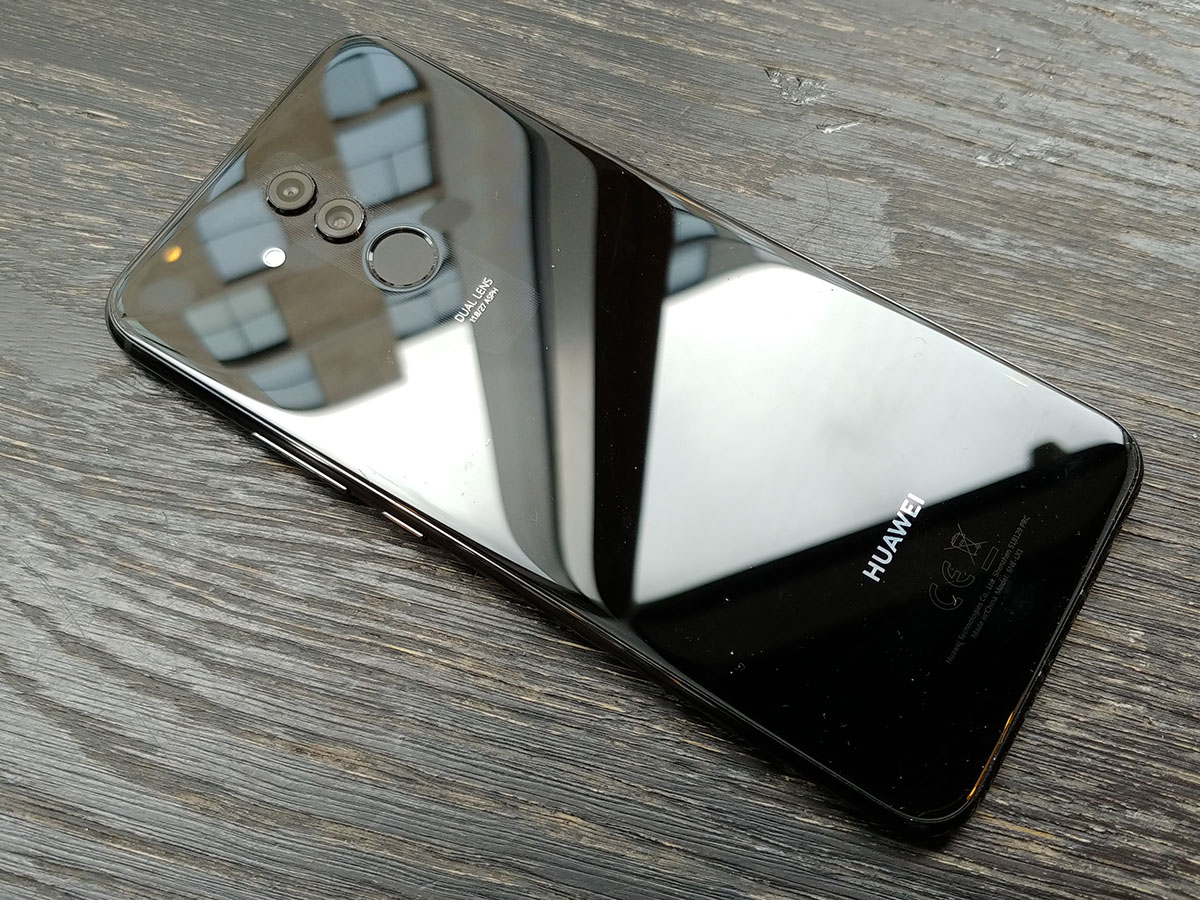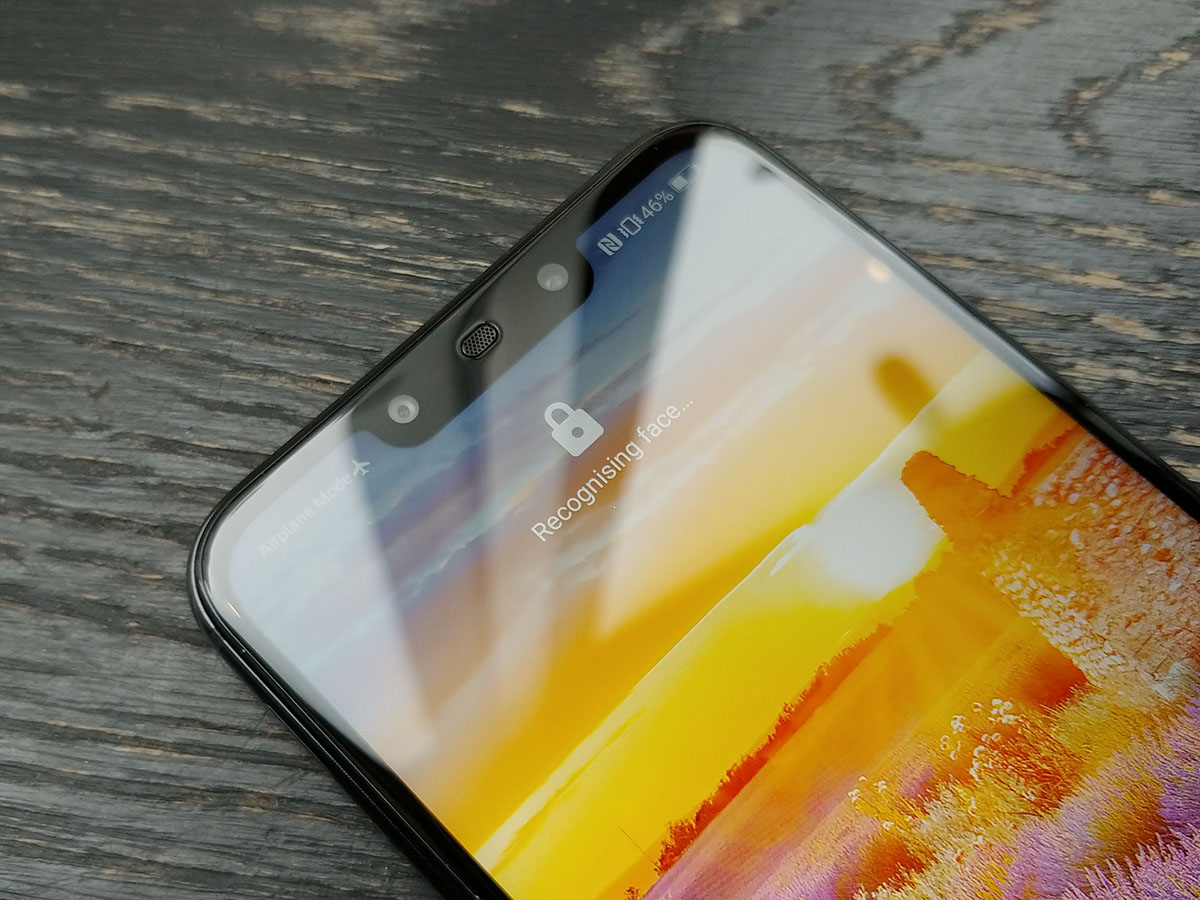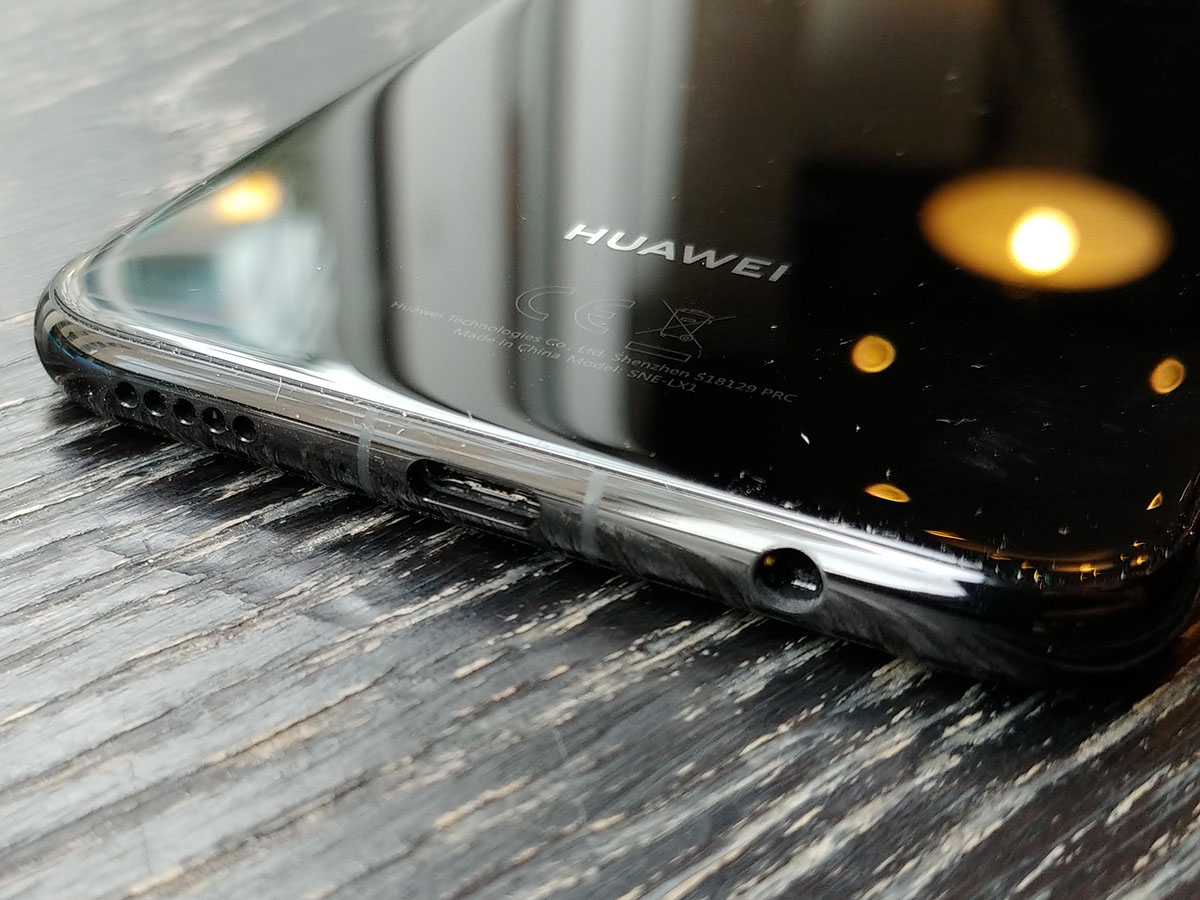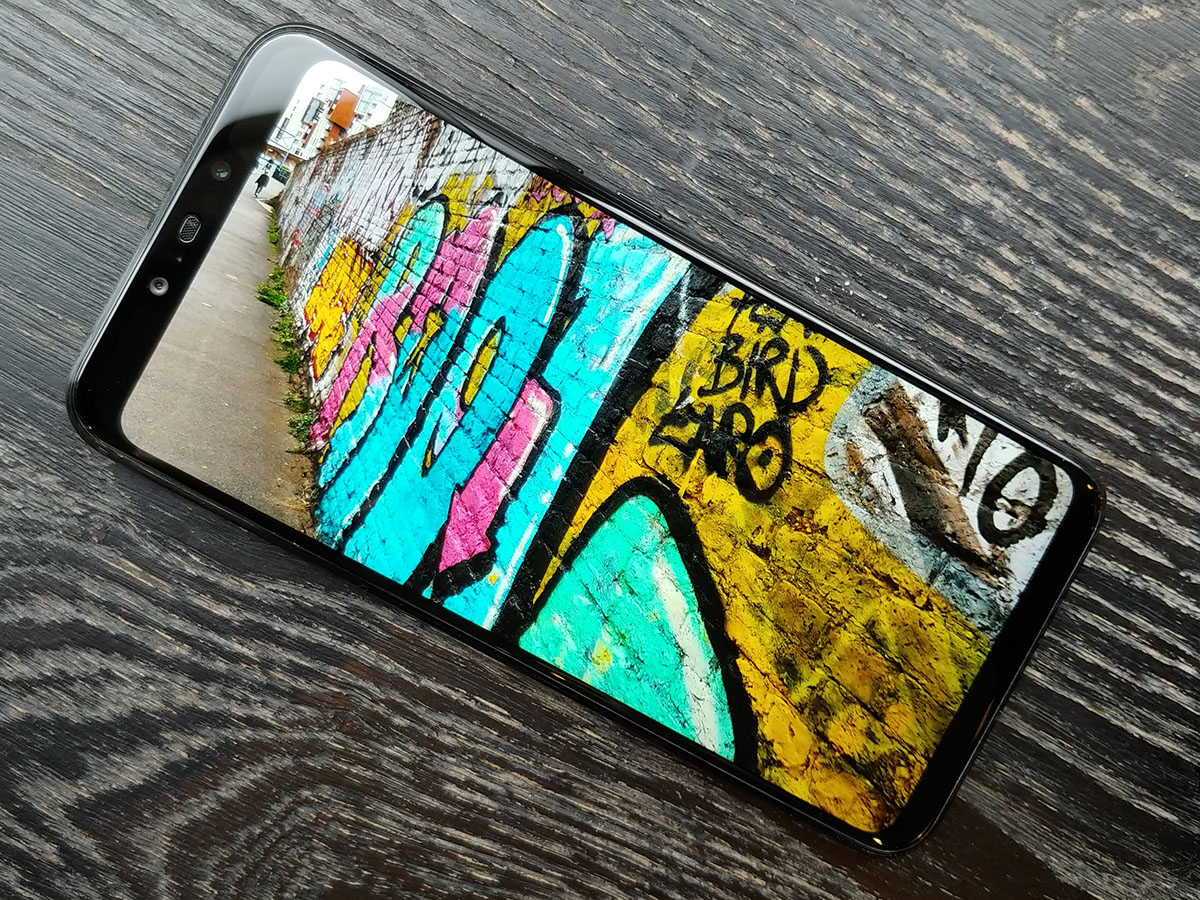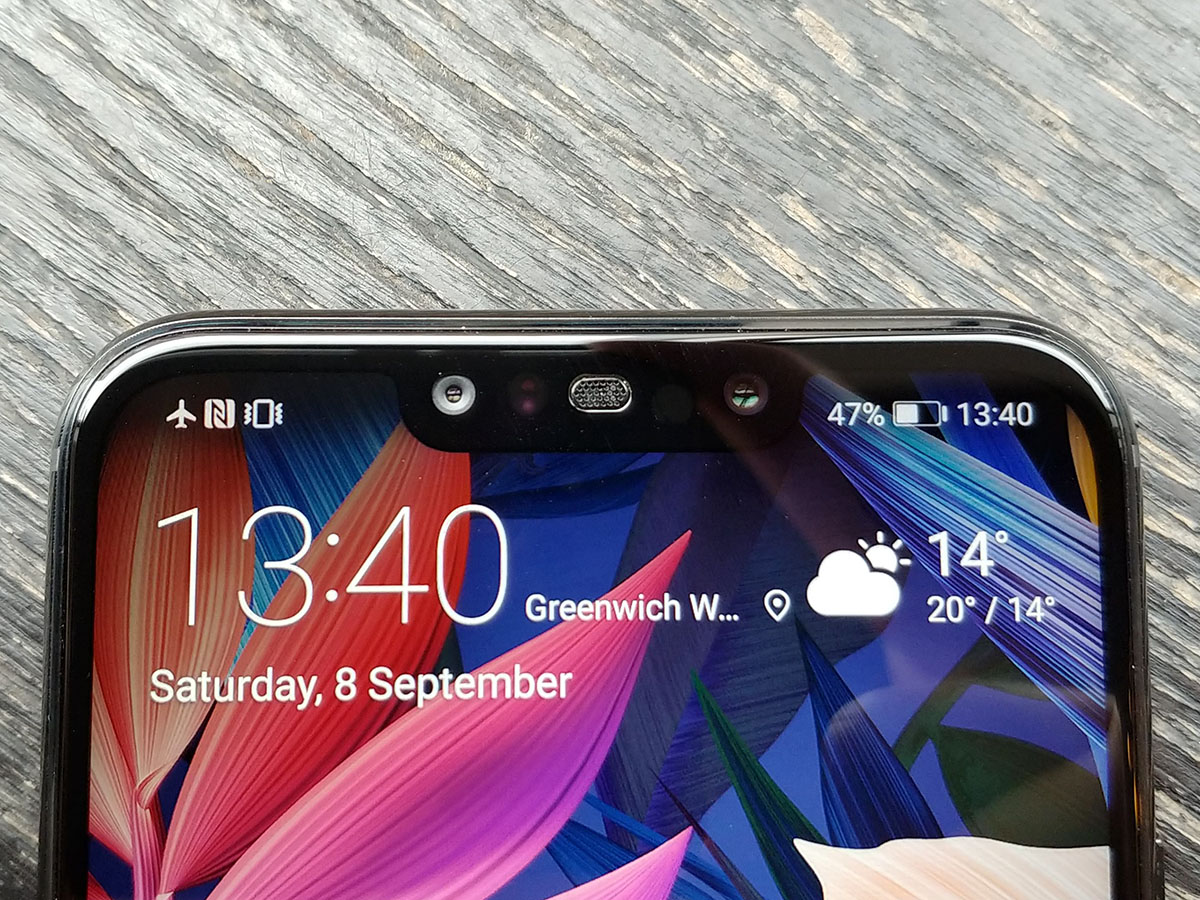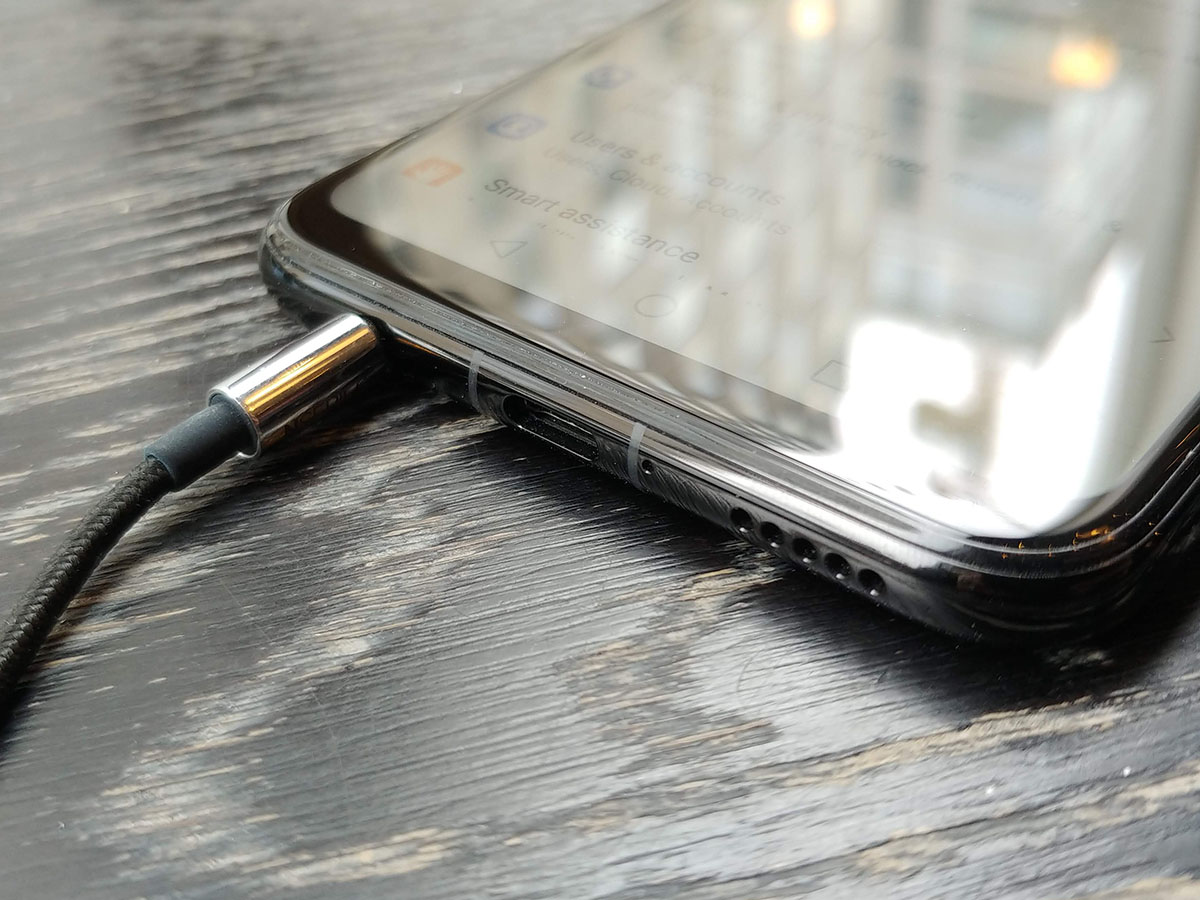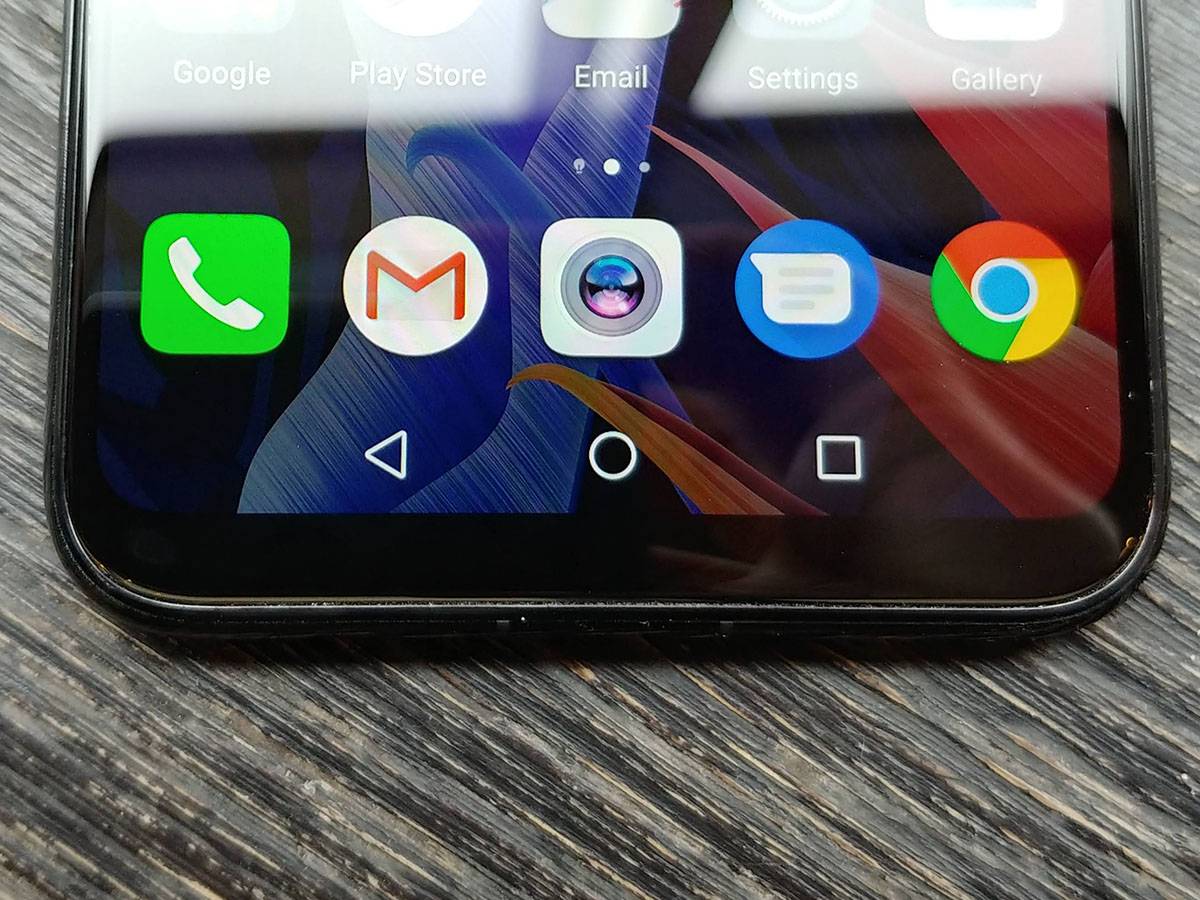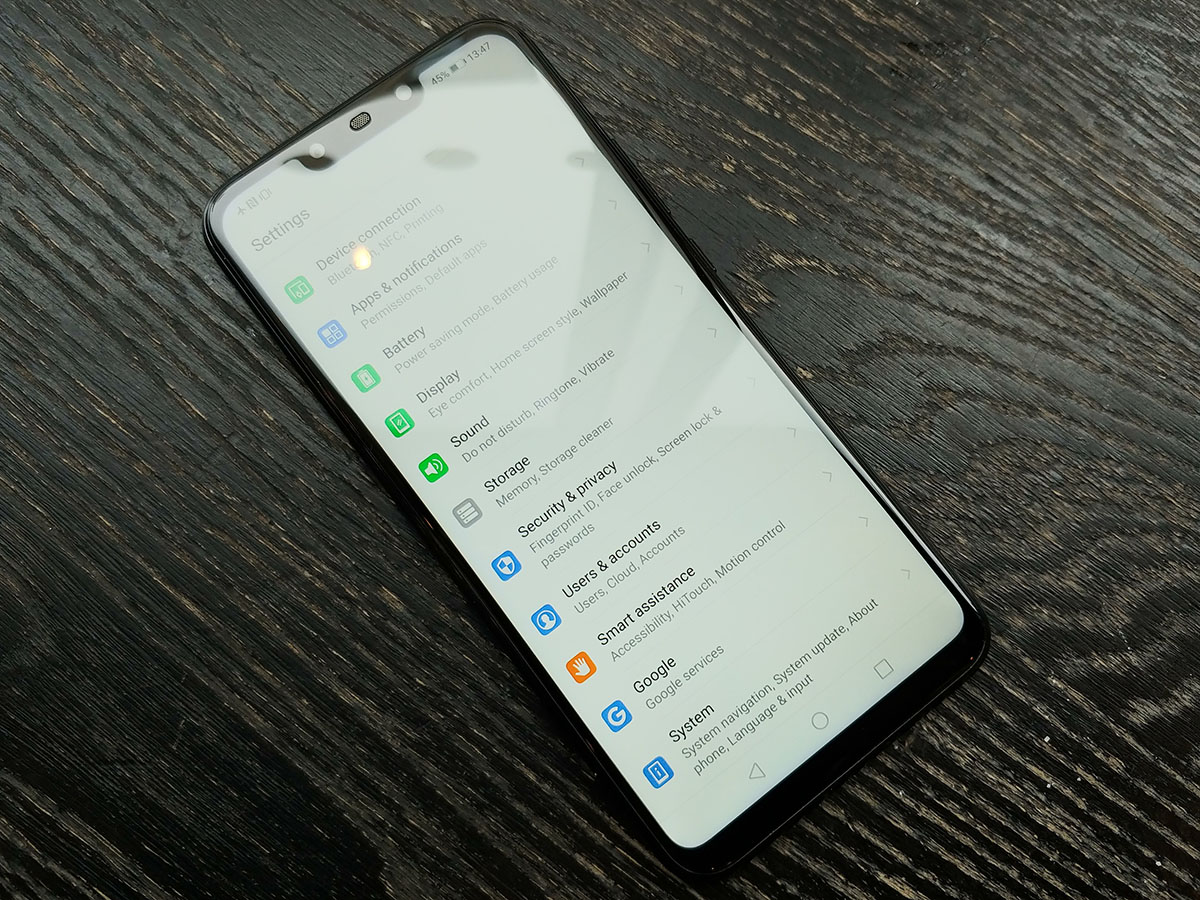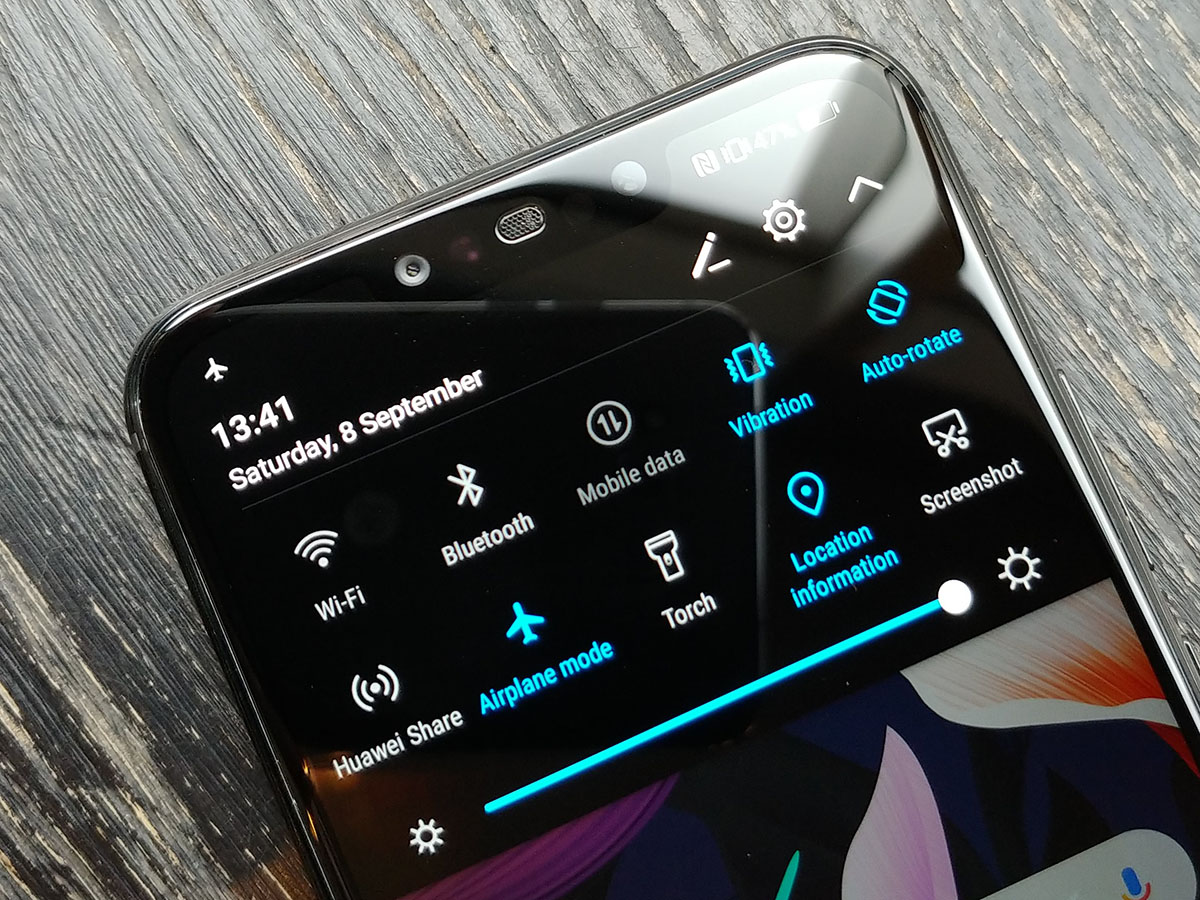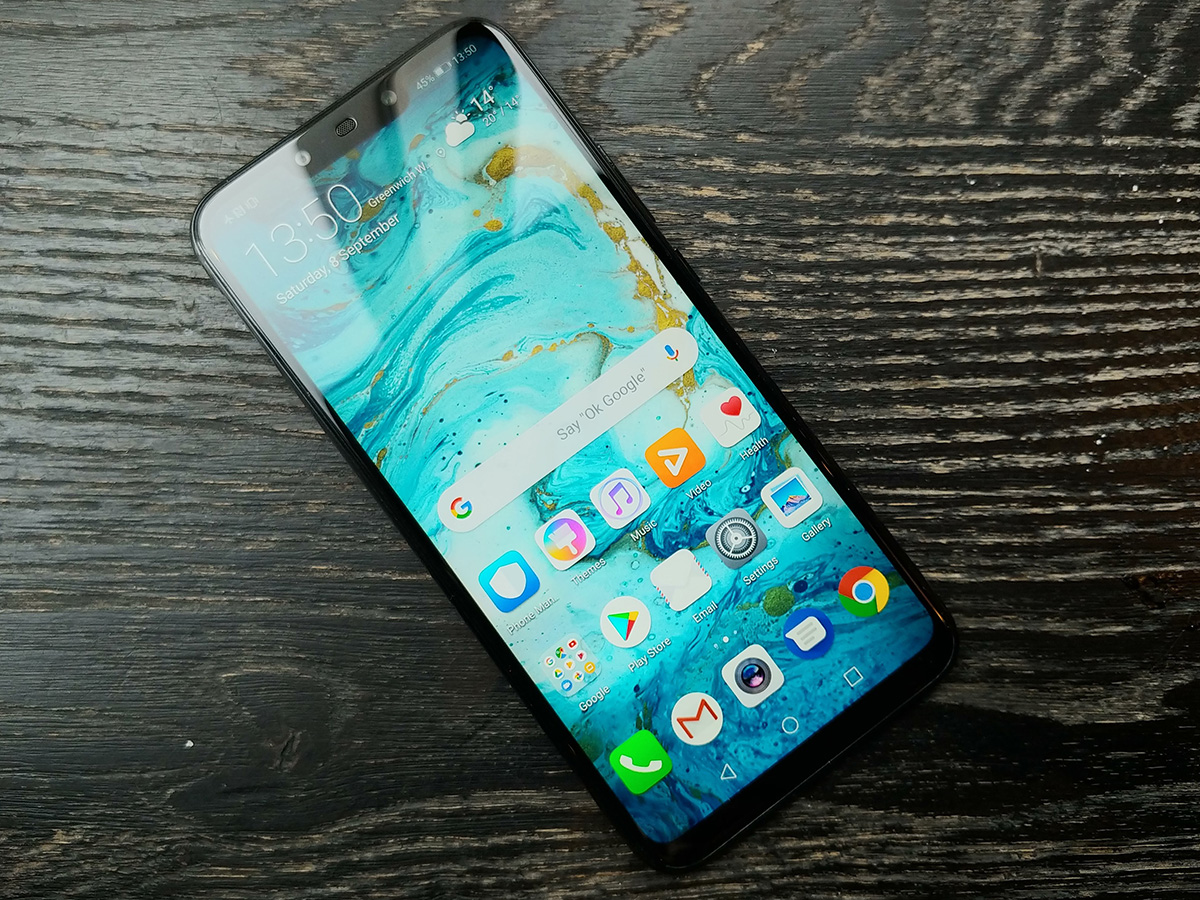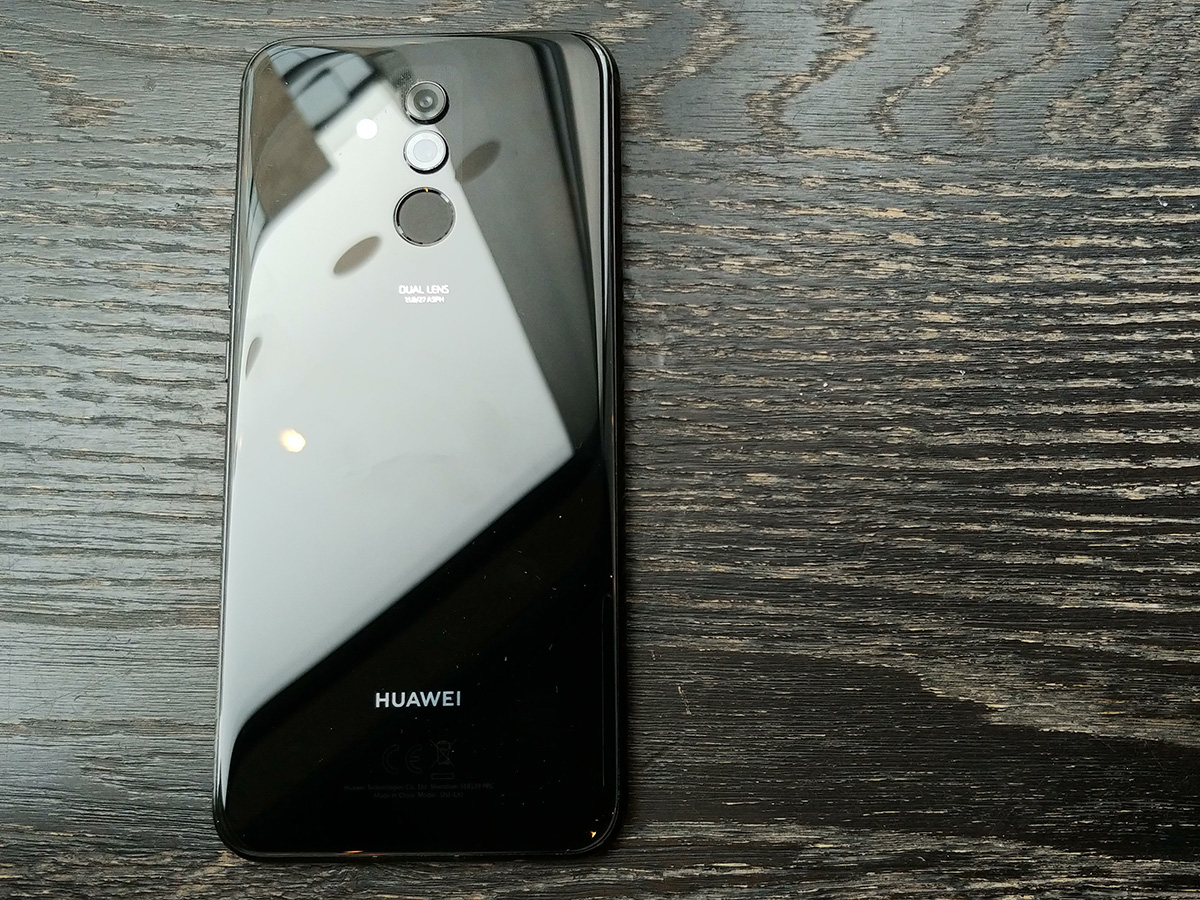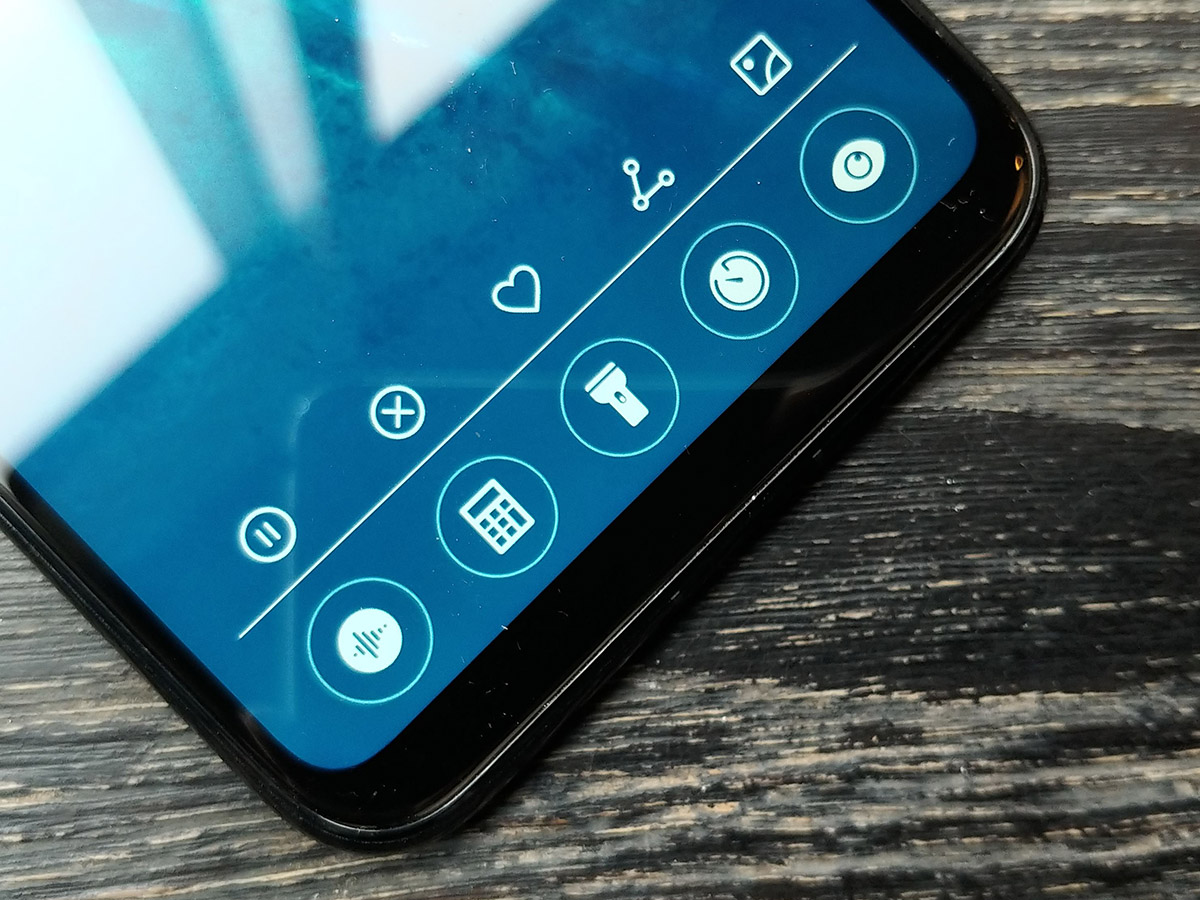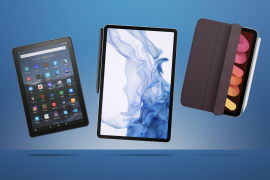Huawei Mate 20 Lite review
A starter before the main event - but one that'll leave you hungry

With a the name “Mate 20” in the title, you’d be rightly expecting good things from Huawei’s latest handset.
I mean it’s 10 whole Mates better than the Mate 10, right?
Sorry to be the bearer of bad news. Instead, think of the Mate 20 Lite as the entrée before the main course. The full-fat Mate 20 Pro will arrive later in the year, so this is just a taster of things to come.
This break from tradition might end up being a case of Huawei’s eyes being bigger than its stomach, though. The very similar Honor Play arrived barely a month ago, for a cool £100 less. On paper, there’s very little to separate the two.
So does the Mate have any hidden talents that make up the price difference? Time to find out.
DESIGN: IT’S ALL ABOUT THE LOOKS
Look and feel is where Huawei hopes the Mate 20 Lite can make the biggest impression.
Once you get one in your hand, the theory goes, you won’t mind splashing out some extra moolah to own one. That’s because the phone’s front and back are made from glass, which is then sandwiched around a metal frame. It’s what you’ll find in most of this year’s flagship phones, whereas the cheaper Honor Play makes do with metal.
Does it feel premium? You betcha. Would you pay extra for it? Depends on your priorities, I guess. It’s manageable in one hand, at least – the screen is long and thin, and the bezels are skinny, so the phone doesn’t feel its size. With the screen filling the whole front of the phone, the fingerprint sensor has been shunted to the back. It’s perfectly placed for your digits to rest on, but with face unlock built-in as well, you might not even need to register your prints in the first place.
The system is quick to recognise faces, despite the tech behind the recognition not being as advanced as the iPhone X or Galaxy S9, so it’s a handy alternative to a more secure password.
The one surprise is found at the bottom of the phone: a 3.5mm headphone port. With most manufacturers copying Apple’s move to ditch it, Huawei included, this is becoming something of a unicorn. Got some decent headphones? You won’t need a single to go with ’em with one of these in your pocket.
DISPLAY & SOUND: KEEPING ON TREND
How quickly things change. A year or two ago, you’d be lucky to get a 5in screen from your midrange blower – here, you’re getting a 6.3in slab with slim bezels and that most 2018 of features, a notch.
Huawei has stayed sensible with the specs, using an LCD panel and 2340×1080 resolution to keep costs down, and to avoid sapping too much battery. I’d guess the panel is the same as the one found in the Honor Play, as the specs and size are identical.
It’s a fairly colourful screen, with decent contrast and clarity, but don’t go expecting picture quality that’ll shame your 4K telly. Definition only goes so far, and blacks are a weakness of the display tech. HDR is a luxury you miss out on, too.
The notch isn’t all that obtrusive, with apps automatically stealthing it through software when you view anything in full screen. You can hide it completely through the Settings menu, too.
Viewing angles are decent enough, but colours start to shift when you stray too far from face-on. Brightness is ample for getting a clear image outdoors, though. There’s nothing here that disappoints for the cash – but nothing that really surprises either.
The single speaker at the bottom of the phone gets the job done, too. It’s all too easy to block it with your palm, but let it sing free and your u won’t be instantly reaching for a pair of headphones.
CAMERA: IT’S A NUMBERS GAME
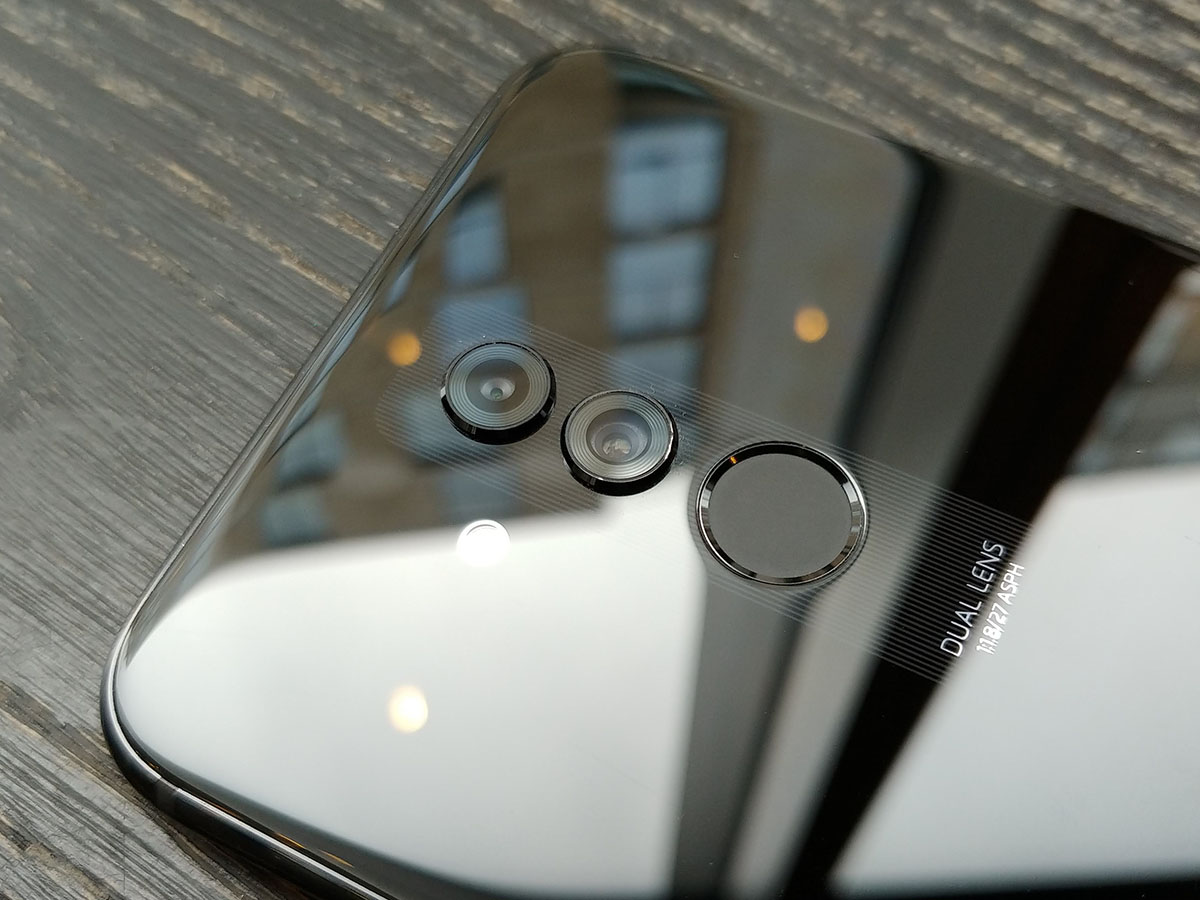
With no Leica logo underneath it’s two rear lenses, it doesn’t take a genius to work out the Mate 10 Lite isn’t rocking the best camera tech Huawei has to offer.
The numbers still sound promising, mind. 20MP on the back, 24MP on the front? That’s a lot of pixels. They’ve each got secondary snappers backing them up, too. Trouble is, at 2MP each, they’re just there for depth-sensing. If the bokeh blur they help create was accurate, this would be fine, but some of the Mate’s portrait photos look like their backgrounds were blurred in Microsoft Paint. Jagged edges and immaculate blur are all too easy to spot. Not a great start.
Feed it enough light, though, and the phone can take respectable photos. Colours are largely well-judged, only veering towards oversaturation on a few occasions. Shots are exposed naturally, and major detail is captured clearly. Zoom in, or look for more intricate detail and you’ll see the limitations of the (supposedly AI-powered) processing, though.
Trees in particular look oversharpened in order to boost perceived detail, and the effect isn’t always pleasant. I’m not convinced the extra pixel count makes photos look dramatically better than the 16MP Honor Play.
Both process pictures in a similar way, so you’d only spot the difference with your nose up against the screen.
Low light performance is a step above the Honor Play, however, thanks to an f/1.8 aperture. The shutter speed doesn’t have to drop so dramatically, so your shots look that little bit cleaner and free from blur. We’re still talking about a smartphone, of course, so you shouldn’t expect photographic miracles once the sun sets.
The camera app is comprehensive, with dedicated portrait and aperture modes for blurring backgrounds, AR selfies that use face recognition, and the usual selection of stickers, beauty filters and effects that have become the norm for Huawei phones.
If you’re only looking to take basic photos, you won’t use half of these features – but they’re handy for anyone that likes to get creative.
PERFORMANCE: GETS THE JOB DONE
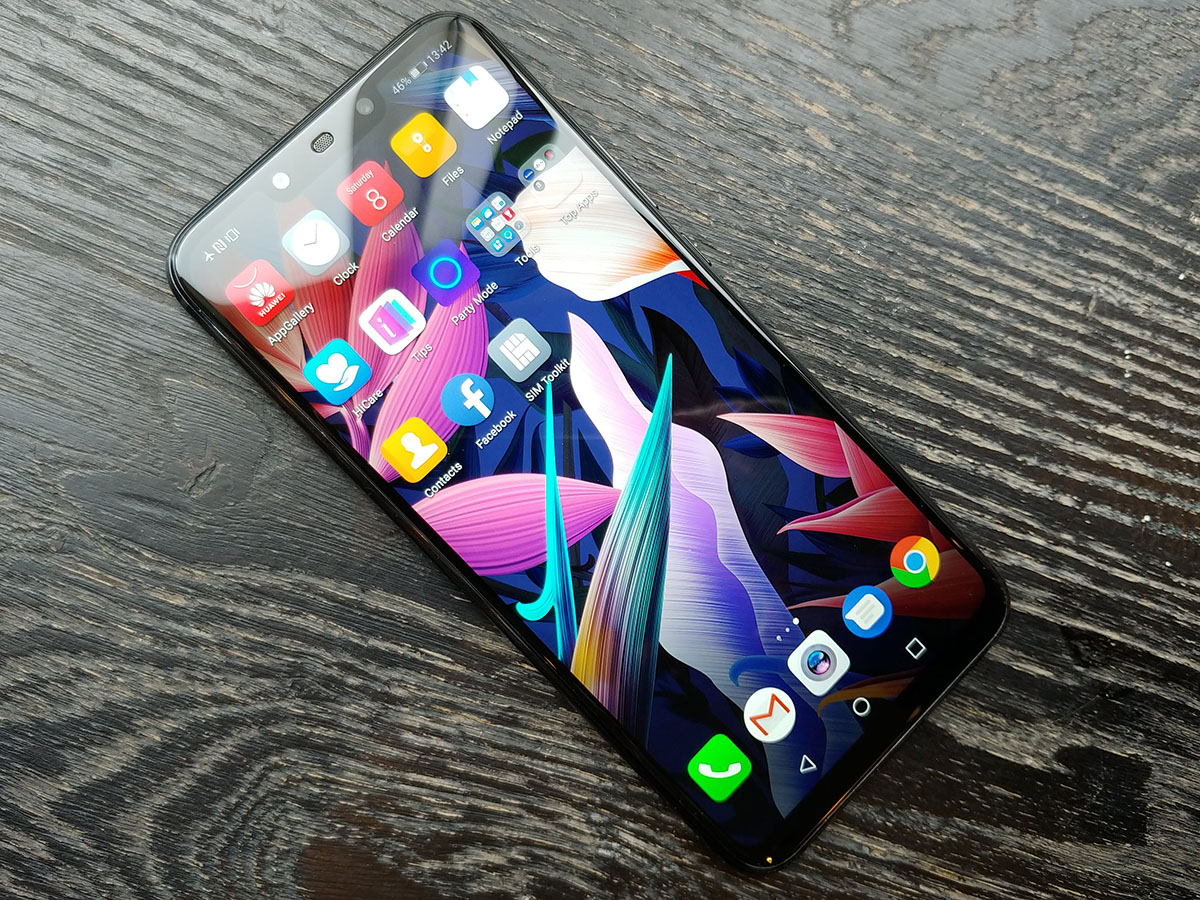
On paper, the Mate 20 Lite ‘makes do’ with a mid-range Kirin 710 CPU. It’s an octa-core chip, but not nearly as efficient or as fast as the Kirin 970 found in the P20 Pro flagship. It’s on par with Qualcomm’s Snapdragon 710, but with so few phones using that chip here in the UK, a better comparison would be the Snapdragon 660-powered Nokia 7 Plus.
Forget about that though. What matters is real world performance, and for the most part, the Mate 20 Lite gets the job done just fine. Apps load quickly, there’s little in the way of stutter or slowdown, and most games run well too.
Look very closely and you’ll spot transitions that aren’t quite as slick, and you’ll be waiting a split second longer for more intense apps to kick in than you would on a more expensive phone.
With only 4GB of RAM on board, multitasking could take a hit if you’re constantly diving between apps. It’s the properly demanding stuff where things stick out. Fancy a game of PUBG Mobile? You’ll be waiting for it to load, and even with Huawei’s software tweaks under the hood, it doesn’t feel quite as responsive as it does on faster hardware. And when faster hardware costs significantly less than this (if you buy an Honor Play) that leaves a bit of a bitter taste.
OS & SOFTWARE: THAT FAMILIAR FEELING
If you’ve ever used a Huawei phone before – or an iPhone, for that matter – you’ll feel right at home here. EMUI, Huawei’s custom skin that sits on top of Android Oreo, is very Apple-esque, with multiple home screens full of apps instead of an app drawer. There’s an option to put one back in if you prefer Google’s method.
Menus and the notification drawer still cram in a few too many icons, which can be overwhelming until you learn where everything lives, and despite pre-installing almost every stock Google app going, Huawei also loads up the phone with its own alternatives.
If you’re fully on board with Gmail, Google Keep and Play Music, you’ll never use the Huawei versions, so they just sit there taking up space.
With 64GB you’re hardly hurting for storage right out of the box, but it’s still annoying.
Customisation is generally very good, though, with useful shortcuts on the lock screen and gesture controls available if you want ’em in the Settings menu.
Take some time to learn all its tricks and EMUI is a decent alternative to vanilla Android – I just think other phone makers’ versions are ever-so-slightly more user friendly.
BATTERY LIFE: DOING THE DOUBLE
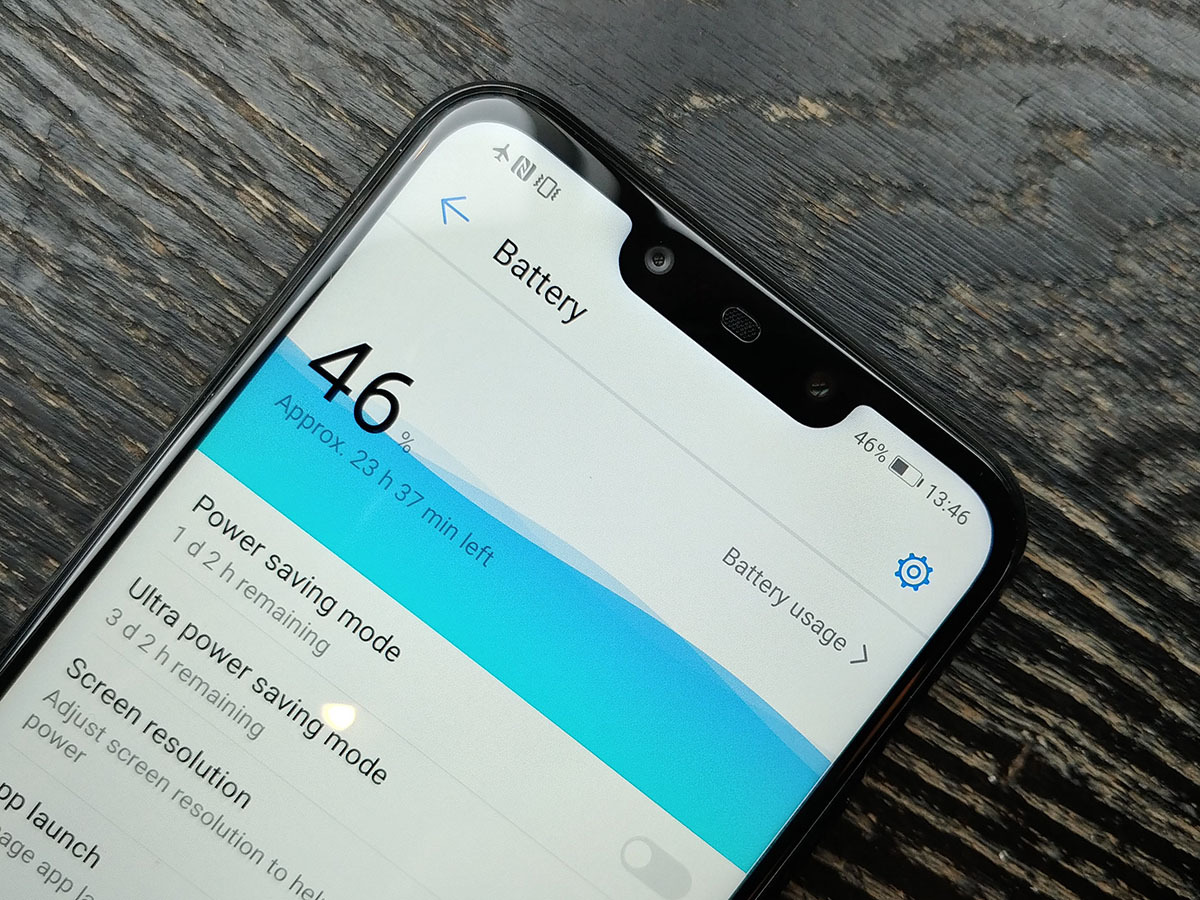
The best thing about how phone makers are making the switch to taller, thinner screen? Loads more room to squeeze batteries underneath. Mid-rangers like the Mate 20 Lite are quickly adopting 3750mAh cells as the new norm, and that’s a very good thing indeed.
Are we at a point yet where you can squeeze two whole days away from the mains out of a single charge? If you’re really careful with mobile data and stick to only occasional use, then the Mate 20 Lite really can go the distance.
Honestly though, that’s just not how most people use their phones. In regular use you’ll get through an entire day, and have enough juice left at the end of the night to see you through until morning – but topping up before bedtime is still the way to go.
Hit those mobile games hard, particularly 3D ones like PUBG Mobile that really give your phone’s GPU a workout, and you’ll be sapped by mid-afternoon.
That all works out to be on par with most other £300-ish mid-rangers, really. You’ll need to step up to a Galaxy Note 9 and its 4000mAh battery to get much better, but when that costs double the money, a day and a bit doesn’t sound all that bad.
HUAWEI MATE 20 LITE VERDICT
The Mate 20 Lite doesn’t really have any obvious failings – it’s a decent enough mid-range blower, with good looks, a respectable camera and performance that’s right on the money.
If design and the way a phone feels in your mitts is what’s important to you, then fill your boots. But I’m betting it’s not £100 important.
The gulf in price between the Mate and the Honor Play is just too vast, considering the differences between them are really only skin deep. OK, the Mate’s camera is a slight improvement on the Honor, but not by a massive margin and mainly in low light, where results were never going to be stellar.
The Honor has a better CPU, but you’ll only notice it in the most demanding of games. The Mate has glorious glass, the Play goes for more drop-prone metal. It’s horses for courses. There’s nothing here that feels like your extra cash is justified, so at full retail price, I know which of the two I’d pick.
Tech specs
| SCREEN | 6.3in, 2340×1080 IPS LCD w/ 19.5:9 aspect ratio |
| CPU | HiSilicon Kirin 710 octa-core |
| MEMORY | 4GB RAM |
| CAMERA | 20MP, f/1.8 + 2MP, f/2.0 rear w/ DPAF, LED flash. 24MP, f/2.0 + 2MP, f/2.0 front |
| STORAGE | 64GB onboard, microSD expansion |
| OPERATING SYSTEM | Android 8.1 Oreo w/ EMUI |
| BATTERY | 3750mAh non-removable |
| DIMENSIONS | 158x75x7.6mm, 172g |
Stuff Says…
A design step up isn’t enough when both rivals and rangemates offer better specs for less. A misstep for the Mate sub-brand
Good Stuff
Properly premium look and feel
Camera copes well for the cash
An honest-to-goodness headphone jack. In 2018!
Bad Stuff
Specs a bit meh once you get beyond the gloss
Huawei’s own sub-brand does better for less money
